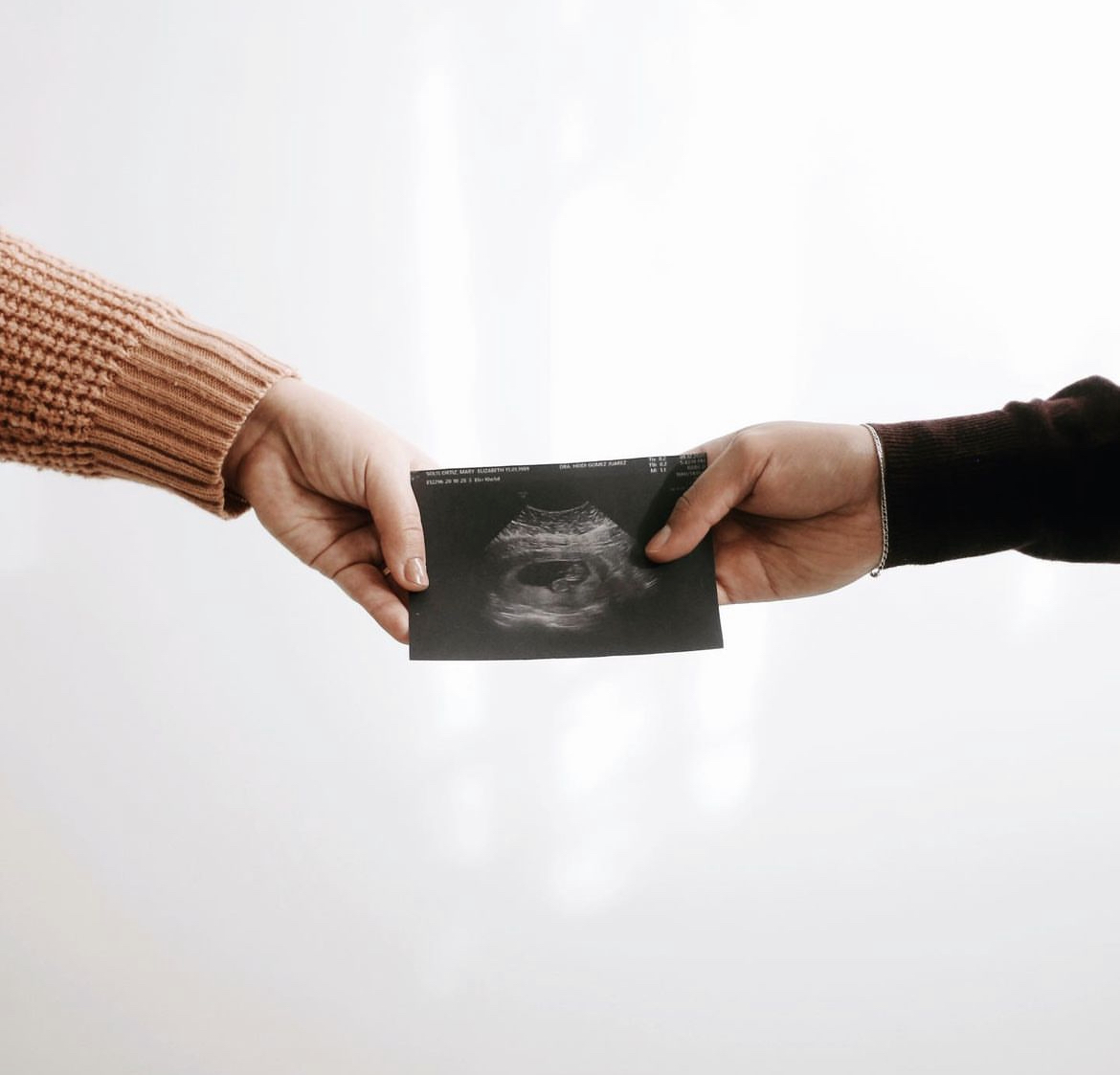While the causes of stillbirths are often unexplained, there are simple things everyone can do to help make a newborn’s arrival a safe and healthy one.
When her own daughter, Alfie, was taken from her in 2014 in the final week of her pregnancy, Adelaide mother Claire Foord knew her purpose in life was to find ways to help prevent others going through the same heartbreak. Soon after, she established Still Aware, Australia’s first charity dedicated to awareness and education about stillbirth.
“We can’t let it be an inevitability anymore, it’s preventable,” Claire says.
It’s about education, which leads to action which can result in prevention. It’s not about fear, it’s empowerment to talk about it not as a taboo subject.
Still Aware’s advice is all about “getting to know your baby”.
“It’s fun and easy and that’s the best way to prevent stillbirth. And you don’t need to buy anything for it,” Claire says.

“Research has shown that monitoring a baby’s movement can help prevent stillbirth and has reduced stillbirth by 50% in some countries. Sleeping on your side further reduces it by close to 10% so combine that, you have a far better chance that someone who doesn’t have this information of keeping your baby safe.”
“If your bub isn’t moving during the usual times or activities that you’ve noticed before, that’s when you go get checked. Even if it’s 3am. It’s as simple as that. Not all babies will be the same so it’s not about comparing with others. It’s what is normal for you and your baby that’s most important.”

Still Aware’s top 10 tips for pregnancy
- Your baby’s movements habits are forming around 20 weeks and by 28 weeks: baby’s strength, pattern and frequency of movements will have become routine. This regularity gives a good indication of a healthy baby. If there is any change in your baby’s movement’s, report it.
- Treat your baby as if it were out in the world with how active it is and what it responds to. If there are concerns, don’t wait until your next doctor’s appointment to check.
- Use a Still Aware fridge magnet to remind you to get to know your baby. You might try a few things to work out who your baby is; touching belly to see if baby responds, oral communication such as reading and playing music.
- With your baby settle into a routine and make a time every day to sit down and play with your baby.
- Do NOT use general pregnancy apps to advise on baby milestones and when they should me moving as the information is too general. Seek professional advice.
- Sleeping on your side helps oxygen reach a growing baby. From 28 weeks (or before) get into the habit of falling asleep on your side, so the deepest and longest part of your slumber is in that position.
- From 16-24 weeks on you should feel the baby move more and more up to 32 weeks then stay about the same until the birth. Babies should move right up until labour and during labour too.
- In the 3rd trimester, monitor your baby’s movements every day, preferably at the same time when your baby is usually active.
- Take notice of and note down if your baby is a morning person who wakes you, or a night owl with lots of bumping, or do they kick when the same voice is heard, or moves when someone touches your belly. Knowing the regular frequency, pattern and strength makes your baby safer.
- Family and friends of a pregnant person can help by asking: “Do you play with your baby every day?” Empower them with the Still Aware message.
- A reduction or frantic increase in baby’s movements can be a warning sign. Do not wait to call your practitioner.
For your free Still Aware magnet and empowering pregnancy information:
Follow KIDDO on Instagram and Facebook, and subscribe to our weekly newsletter






